I recently completed a one-week camping expedition with my two boys to the beautiful island of Socotra—often called the “Galápagos of the Indian Ocean” and the “World’s Weirdest Island.” Socotra is the most significant UNESCO World Natural Heritage Site in the Middle East, renowned particularly for its rich and endemic flora but also for its marine biodiversity, and birdlife.
The island is home to over 800 plant species, with more than 300 found nowhere else on Earth. Among them, the iconic Dragon Blood Tree (Dracaena cinnabari) stands out. This tree is more than just a symbol of the island; it appears on car plates, banners of local tour companies, and even the 100 Yemeni Riyal bill. For centuries, Socotrans have harvested its unique red resin for dye, lacquer, and medicine. Its distinctive umbrella shape is not just for show—it helps capture moisture from fog and clouds, a process called horizontal precipitation capture. This rare adaptation allows the tree to pull water from the air and transfer it into the soil, replenishing the ecosystem and sustaining countless other species.
Other remarkable trees include the 11 species of frankincense (Boswellia), 24 species of bottle trees (including the stunning desert rose), the cucumber trees, and the Euphorbia species. Each contributes to Socotra’s unparalleled biodiversity, but for now, I want to focus on the Dragon Blood Tree.
This post provides a general overview of our expedition but centers on an ecological calamity: the risk that the Dragon Blood Tree forest could disappear within a few decades.
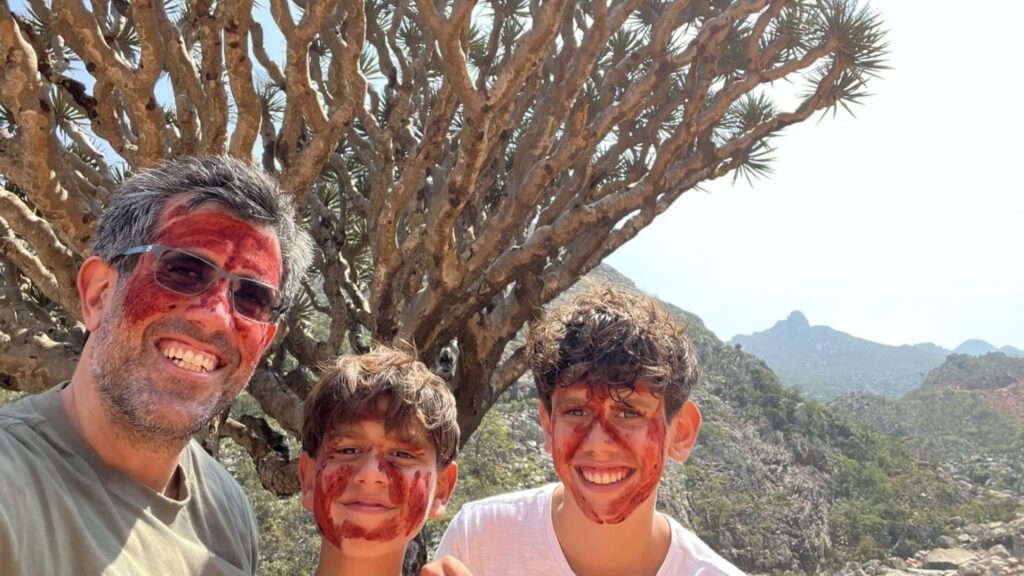
The growing threat to Socotra’s ecology
The IUCN World Heritage Outlook assessed Socotra in 2020 as a site of “significant concern” due to increasing pressures from infrastructure development, invasive species, uncontrolled land use changes, and unsustainable resource management. More than 150 plant species on the island are threatened and appear on the IUCN Red List—including the Dragon Blood Tree.
Although Socotra is part of Yemen, the island has suffered (and benefited) from neglect due to political instability. Geographically, it is closer to Africa (~240 km from Somalia) than to the Arabian Peninsula (~380 km). It is the largest in an archipelago of four islands and two rocky islets (which appear as a prolongation of the Horn of Africa), covering about 3,800 km², with roughly 70% of its surface designated as protected area, including several sensitive nature reserves. Among them, Detwah Lagoon is a Ramsar-listed marine reserve.
But beyond its natural wonders, what truly left a lasting impression was the warmth and integrity of the Socotran people. They speak Soqotri, a South Semitic language unrelated to Arabic, which is now endangered due to the growing influence of Arabic, especially with increased Emirati involvement on the island. My kids and I took pride in learning a few Soqotri words, and the locals deeply appreciated our efforts.
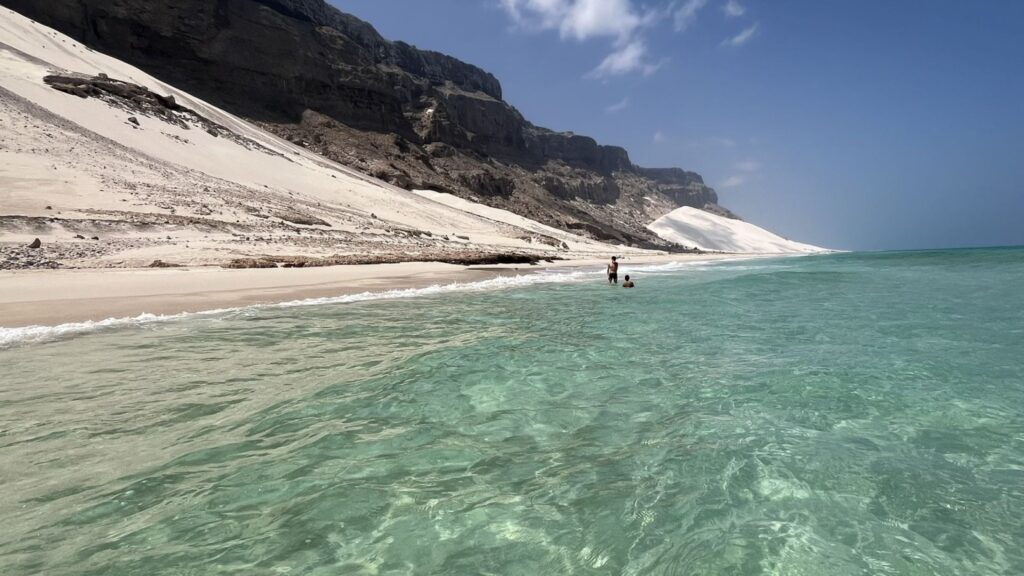
Our journey across Socotra
During this once-in-a-lifetime journey, we explored the DiHamri and Detwah marine nature sanctuaries, hiked to the top of the Haggeher mountain range (guided by local herders), spent a night in the breathtaking Firmhin Forest (the main Dragon Blood Tree forest), ventured into Hoq Cave (the longest in the Middle East), swam in the natural pools of Wadi Killisan and Homhil, and enjoyed the breathtaking Arher Beach and its enormous sand dunes, where the Indian Ocean meets the Arabian Sea.
A personal highlight was watching the sunrise from our campsite in Firmhin Forest. The morning light filtering through the bizarre, ancient-looking trees felt otherworldly, as if we had stepped onto the set of a sci-fi film. In fact, these trees have inspired many artists and film producers, including Jurassic World: Dominion.
I was incredibly proud of my sons (13 and 11), who became the youngest hikers our guides had ever seen conquer the Haggeher Mountains! Their achievement was even recognized with an official certificate from the tour company. Adding to the magic of the moment, the mountains’ name closely resembles our family name, making the experience feel even more personal and unforgettable.
The food we ate throughout the trip was simple yet incredibly fresh and pure. We enjoyed a variety of freshly caught fish, including groupers, trevallies, and different types of rockfish, along with delicious seafood like crabs. But the most unforgettable experience was eating live oysters and razor clams straight from the sea—a true taste of Socotra’s untouched nature.
Beyond the large variety of plants and trees, we had the chance to see beautiful coral reefs and marine life around DiHarmi nature sanctuary in the North East, Detwah lagoon in the North West, and close to Shu’ab bay (where we also saw many dolphins). Birds were also everywhere, especially the Egyptian vultures – these large scavenger birds eat the remains of slaughtered goats, and waste from herders, and campers. The locals call them Municipality Birds for a reason. Other birds we saw include Socotra starlings, sparrows, buzzards, and cormorants as well as several coastal birds like herons and gulls. We also saw many endemic reptiles (like the Socotra chameleon) and land snails of which +90% of species do not occur anywhere else on the planet.
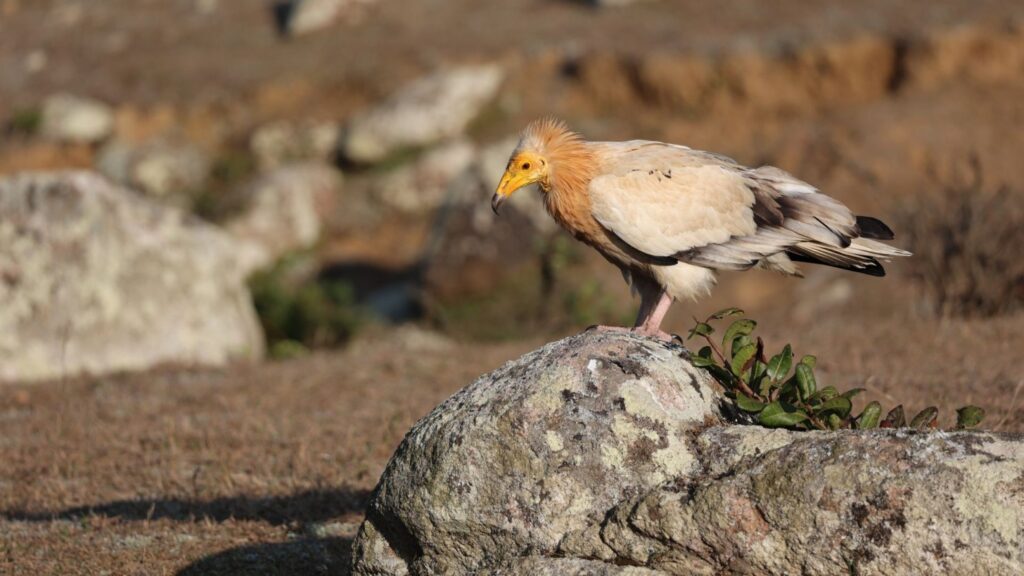
A forest without young trees
While the beauty of the Dragon Blood Trees left us in awe, a devastating reality became clear: the forest lacks young and middle-aged trees. Most of the existing trees are 400-800 years old, with some reaching 1,000 years. There are virtually no new saplings because goats devour them as soon as they sprout. A recent study by Mendel University in the Czech Republic and the Kibanni nursery estimates that around 80,000 Dragon Blood Trees remain on the island, but their numbers are dwindling at an alarming rate.
Socotra has an estimated four goats for every human. These animals, central to the livelihoods of the island’s Bedouin herders, are the single greatest threat to Socotra’s endemic flora. They graze indiscriminately, even eating visitors’ toilet paper (and if you’re unlucky, your passport!).
Adding to the threat, locals extract the trees’ red sap (and resin) for commercial use as a lacquer, dye or medicine. The famous Italian luthier Stradivari is said to have used this red lacquer for his violins in the 17th and 18th centuries.
While sustainable harvesting is possible, over-extraction weakens the trees, making them more vulnerable to extreme weather. It is estimated that the recent cyclones that struck Socotra in 2015 and 2018 destroyed 15-30% of all trees.
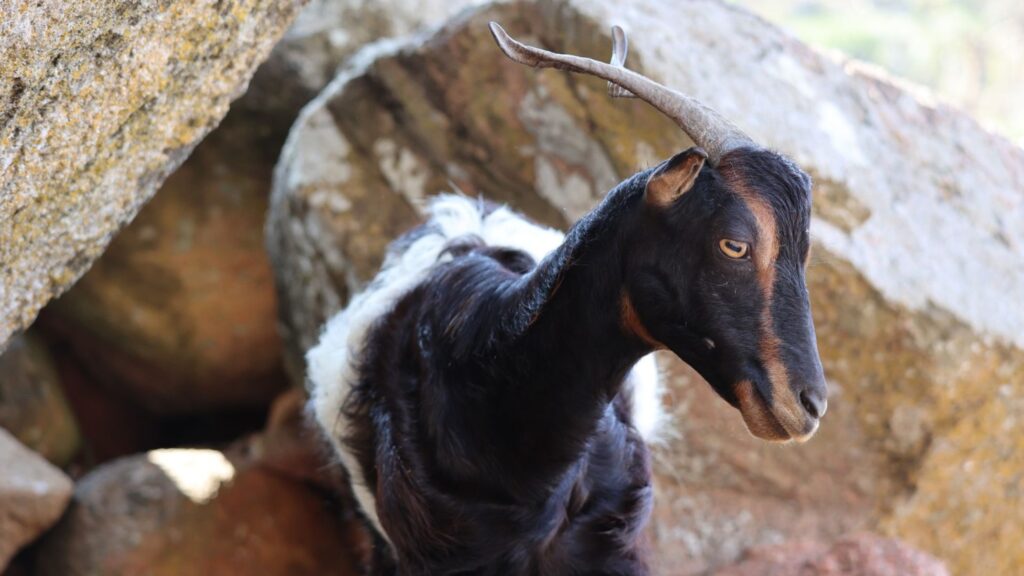
Taking action: Restoration efforts
A few conservation initiatives exist, but they are small relative to the scale of the crisis (which also extends to many other species beyond the Dragon Blood Tree). We visited two main nurseries—Adeeb Nursery near Hadibo and Kibanni Nursery on the Diksam Plateau. Combined, they are nursing only 600-800 Dragon Blood Trees, a mere 1% of the current tree population.
During our visit, we decided to adopt three Dragon Blood Trees. The nursery owner, Aam Adeeb, promised to send us annual photo updates through his daughter. In my view, tree adoption should be compulsory for every visitor to Socotra. A restoration fund could easily be created by adding a small conservation fee for tourists.
Two other promising initiatives are Mona Abubakar’s Garden (nursing several threatened tree species) and the newly founded Socotra Dragon Blood Tree Association, launched by French wildlife photographer Vincent Munier. The association is crowdfunding efforts to build a new nursery inside Firmhin Forest with 300 saplings and associated awareness campaigns.
But conservation efforts must go beyond nurseries. To restore the forest, solutions must be implemented to keep goats away from critical areas. Fencing off designated reforestation zones and introducing alternative livelihoods for herders could be part of the solution.
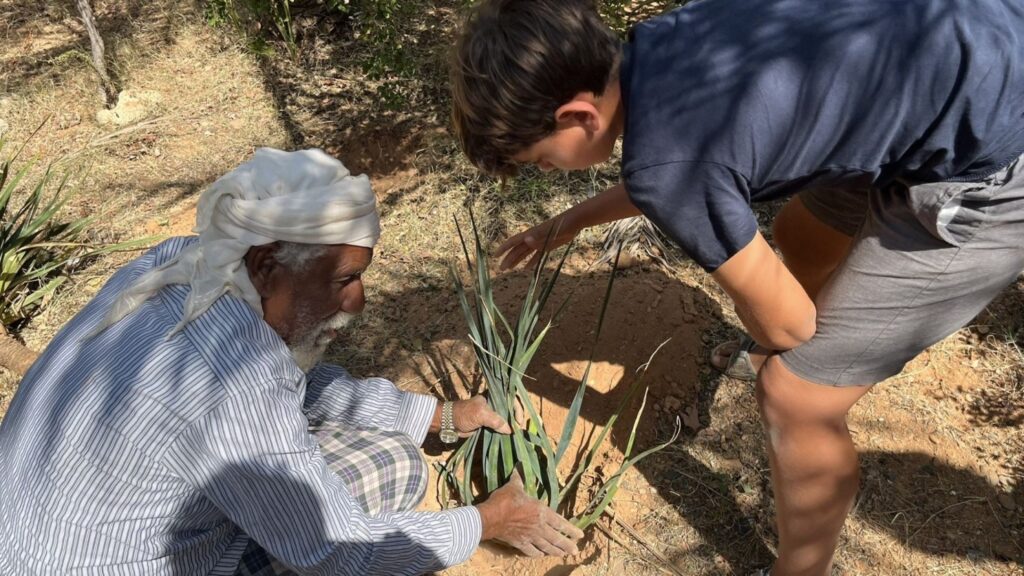
The role of responsible travel
Travelers and tour companies have a duty to minimize their environmental impact and actively contribute to conservation on the island. Our group engaged in several cleanup campaigns during the trip, removing waste from campsites (mostly plastic).
Waste pollution is a serious threat to wildlife and biodiversity across the island and particularly around campsites in protected areas – there is limited awareness locally and practically no waste management infrastructure anywhere on the island. Also, there is an over-consumption of single-use plastics including plastic bags and the small Socatri water bottles.
Although our efforts made some locals uncomfortable, our guide, Yassir, shared a video of our cleanup with the Socotra tourism community on WhatsApp. Small actions like these can help raise awareness and encourage change.
Simple steps can make a big difference:
- Reduce waste, leave no waste behind (including used toilet paper), and engage in cleaning campaigns across the island’s protected areas
- Use only eco-friendly toiletries and reef-safe sunscreen and ensure eco-friendly cleaning products are used by your tour operator
- Avoid supporting illegal fishing (e.g., in Detwah Lagoon)
- Encourage nurseries by adopting trees and supporting reforestation programs
- If toilet tents are used, ask your tour company about their disposal method and ensure no harmful chemicals (e.g., disinfectants) are used
In general, ask your tour company about their environmental policy and guidelines.
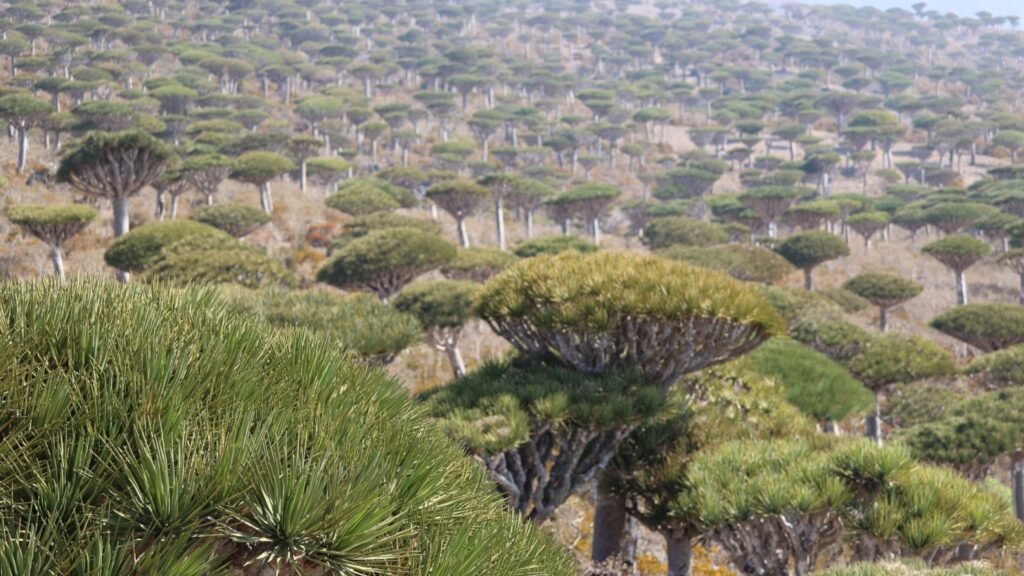
A call to action
Inger Andersen, Executive Director of UNEP, and former Director General of IUCN, once said: “Socotra’s nature is unique and irreplaceable, and it is our collective responsibility to safeguard it.” Indeed, urgent action is needed.
The upcoming IUCN World Conservation Congress in Abu Dhabi this October is a perfect opportunity to bring stakeholders together. However, it is crucial that local Soqotri people be included in these discussions. Sustainable solutions must align with their traditions and economic needs.
This breathtaking island deserves more attention from the global conservation community. With proper action, Socotra can thrive for generations to come. I hope that one day, my kids will return with their own children to experience the same pristine nature we were fortunate enough to witness on this journey.
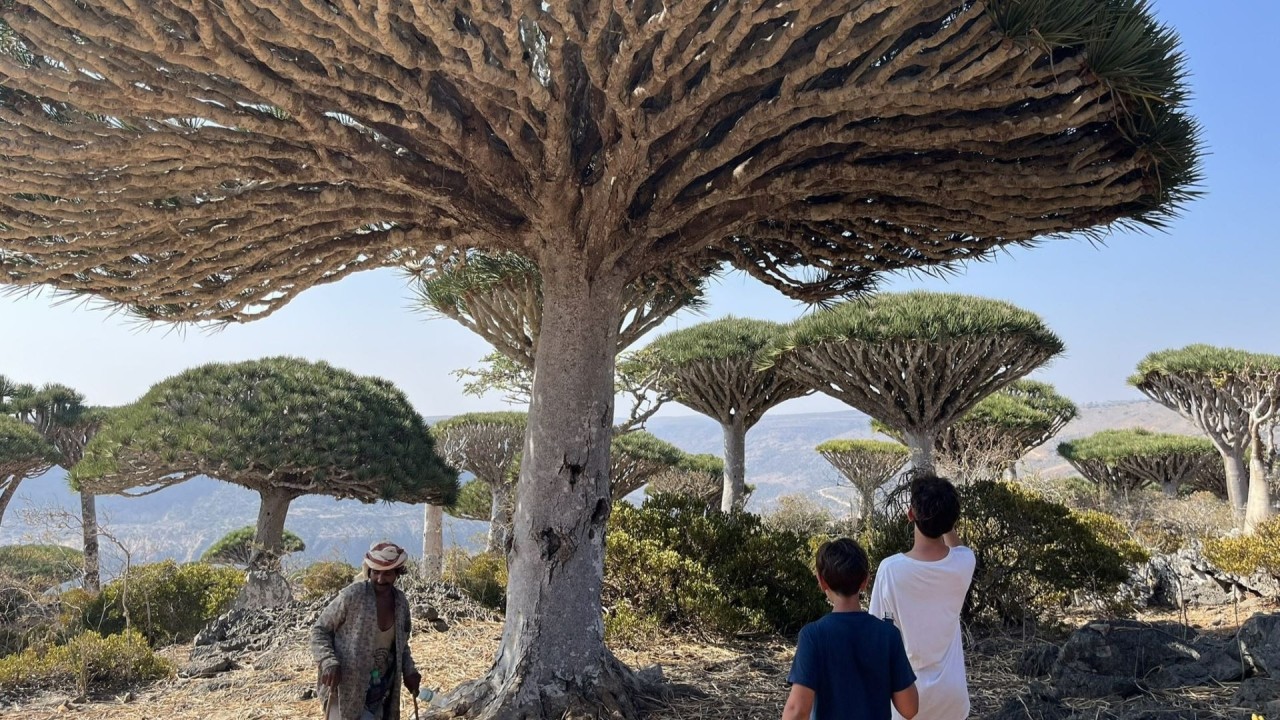
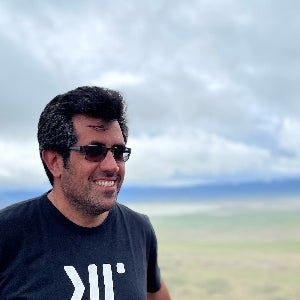
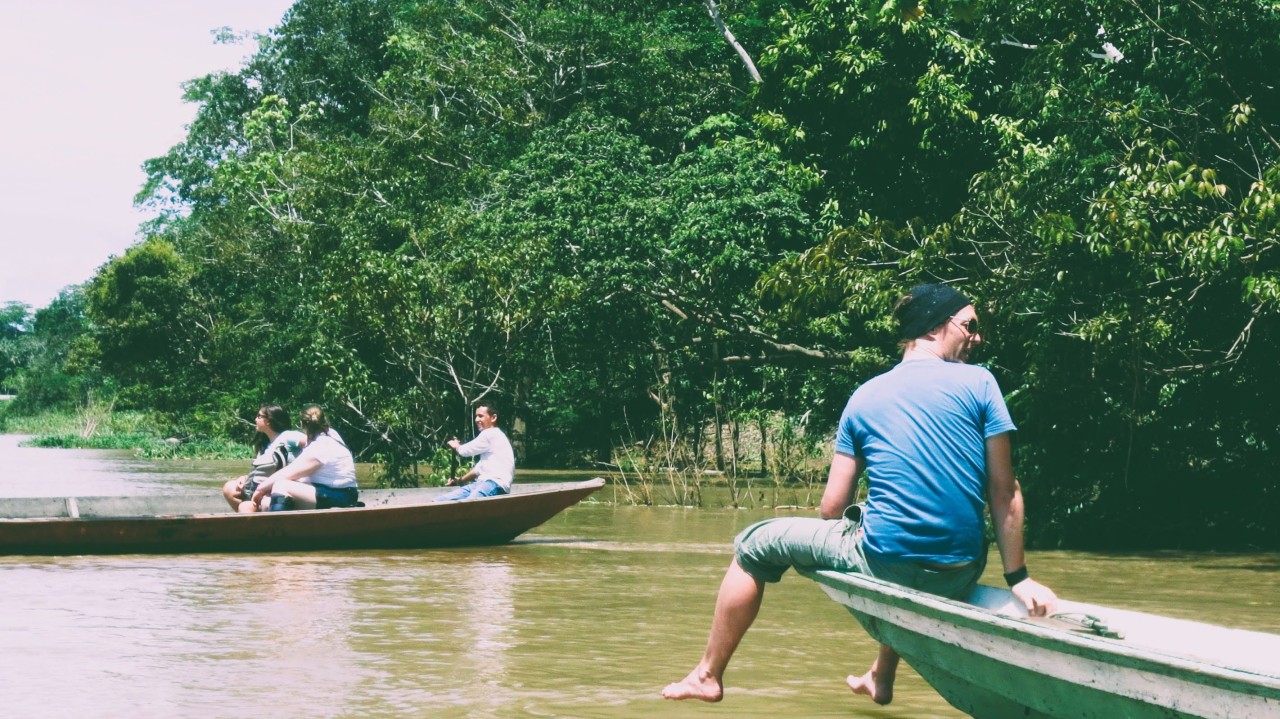
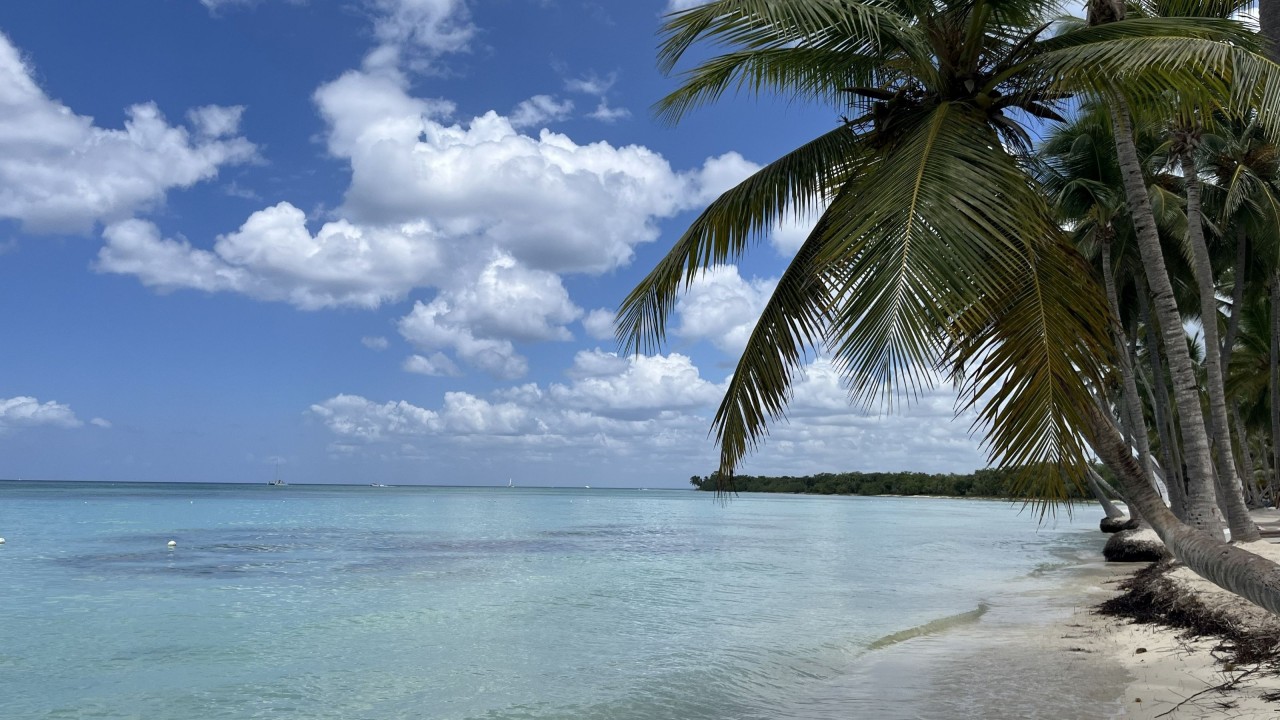
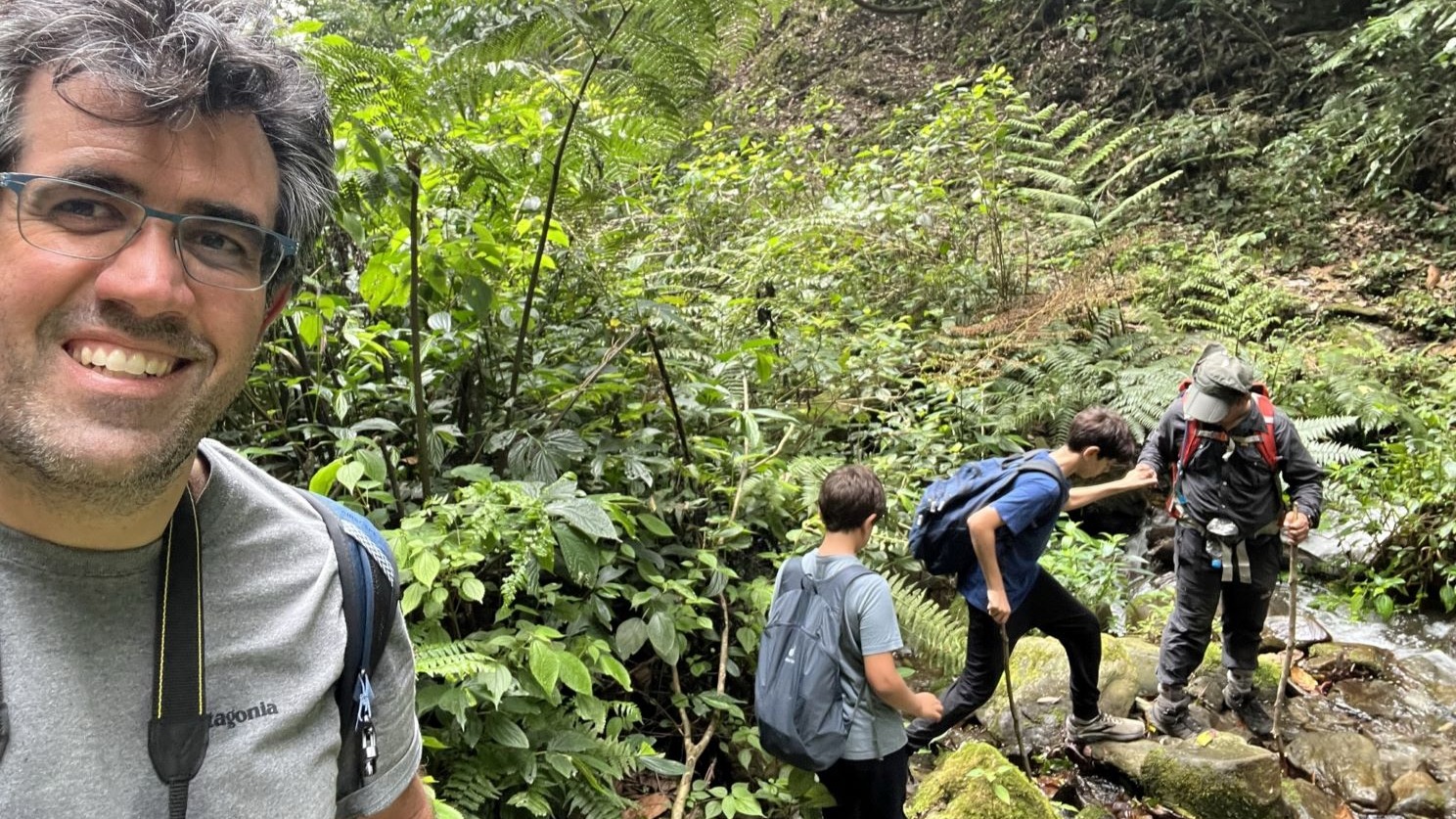
Leave a Reply